Click below to listen to my 2 min. Garden Bite radio show: Lawn alternatives
I talked about overseeding your lawn and what types of grass seed there is. Today, let’s talk about alternatives to lawns. You know about my mostly clover lawn…
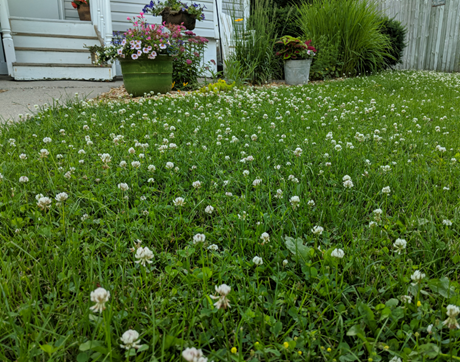
…but there are other options out there that can provide that grassy look without the chemicals and water consumption of the typical American lawn.
Pennsylvania sedge has fine textured leaves, a 6? height with a creeping habit.
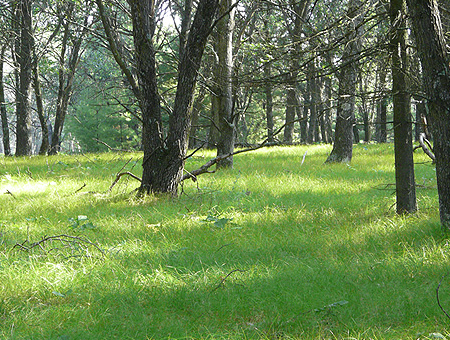
Prairie Nursery in Wisconsin says it’s good in dry soils in wooded areas. (click on that link for LOTS more info on sedges and pictures) Planted one foot on center, it will fill in to form a dense low-growing, maintenance free groundcover. It does require well-drained soil. The great thing too is that it grows in light to full shade. You can always add some dimension with other plants mixed in.
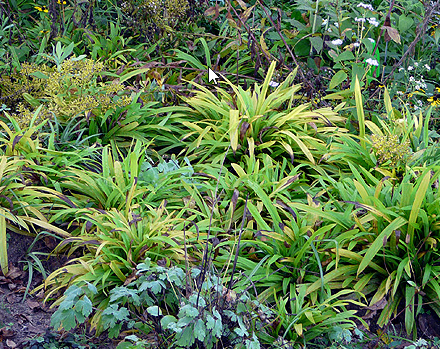
Something like plantain leafed sedge or Eastern Star. There are other sedges that prefer full sun and drier conditions.
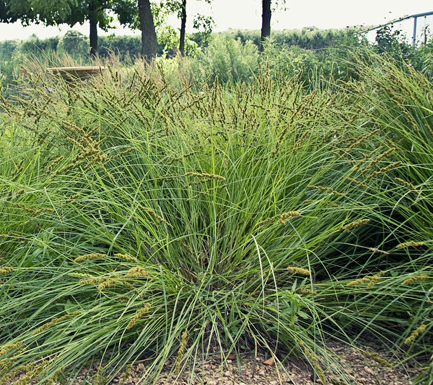
There’s also Eco grass, I’ve talked about this before on Garden Bite. It’s an awesome option for a lovely grassy look without the chemicals or the hassle of much mowing!
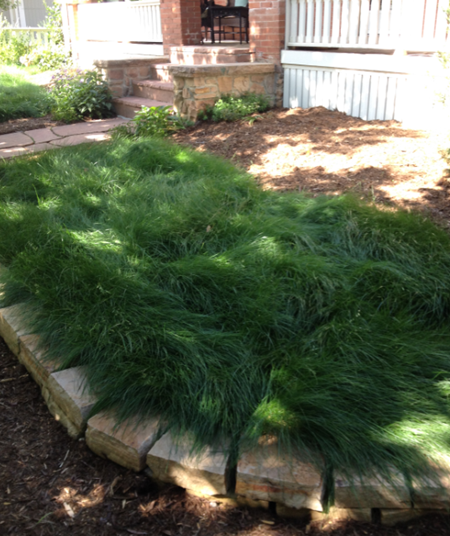
Prairie Moon Nursery offers this blend of fine-leaved fescue grasses as a low mow/no mow alternative to conventional turf lawn. It’s also an excellent choice for solid border areas or footpaths adjacent to native plantings. They say it establishes quickly and grows into a flowing green carpet.
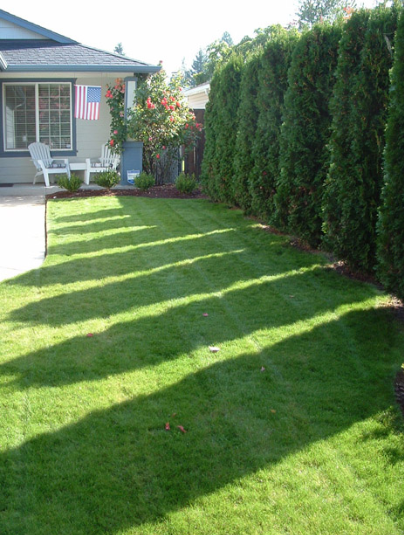
If you choose to mow it, leave it at 3 inches. Eco-Grass grows in most soil types and sun conditions, thriving in all but the darkest and wettest settings in clay or heavy soils, that’s where the sedges come in. The thin blades of the fescues and their relatively deep root systems (4-9”) make it drought resistant.
